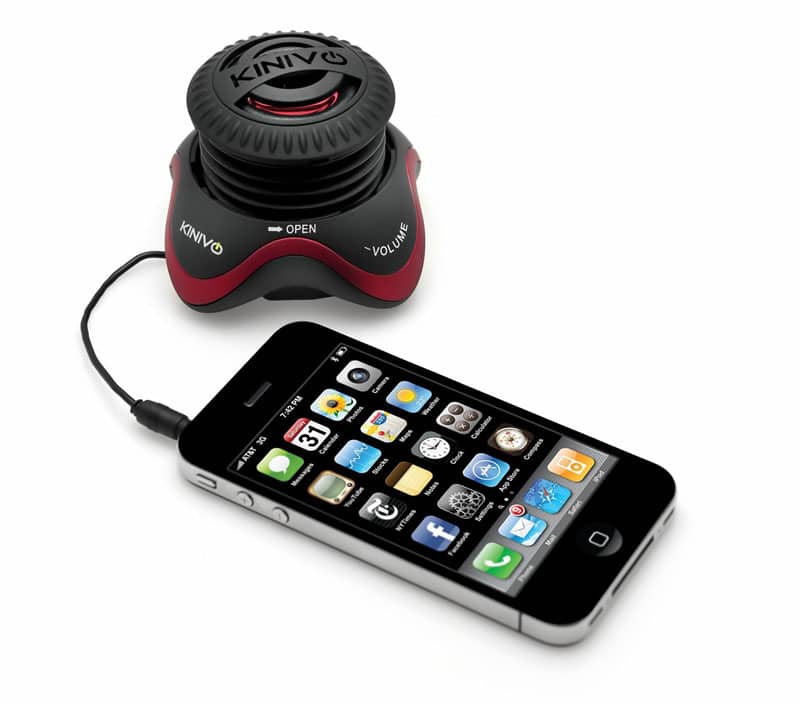The competition is tough in the field of photography, and it becomes particularly hard when you go off on your own, trying to create an independent business all by yourself. It isn’t impossible though and a number of thriving photography businesses in Canada are proof of that. After all, there is a constant need for quality photographers everywhere these days, especially due to the mostly-digital nature of modern business.
Nonetheless, the success of a photography business today largely depends on how well it incorporates technology in the core mechanics of the business; something that the following tips from established pros will help you with.
Find The Right Niche With Market Research
Finding the right niche is less about what you are best at and more about matching your skills with what the markets needs. It is possible to use data from social media sites and search engines to find out what is the niche that is most in need of professional photographers in your area.
If you plan to launch a successful photo business, it is necessary to concentrate more on finding a niche that doesn’t have enough photographers catering to it at the moment, than wasting time on a popular niche that is already being catered by way too many local photography businesses. This will, of course, vary from place to place, which was a big problem earlier. Thanks to digital technology, it isn’t really hard to get useful local market data from the internet these days.
Build Your Own Portfolio Website
Having a portfolio website is one of those preliminary steps that every professional needs to take, but the site has to represent exactly what you want it to represent, which can only happen when you build it yourself. As this is the place where you will be showcasing everything you want your clients to see, you want a photo portfolio website builder that is exclusively designed to cater to the needs of creative professionals with appropriate themes, app support for taking your portfolios with you to client meets and abundant customization options to help you create exactly what you want to create.
Preferably, it should not require any coding knowledge either, but more importantly, the site should have at least basic blogging, SEO, social media and e-store options for you to work with as well. Since your portfolio website is where you will want the bulk of your targeted traffic to end up at, all possible options to turn the portfolio site into a fully-fledged business and blogging site should be available.
Market Your Business Online
Digital marketing technology has never been as good and as effective as it is right now, so make full use of that and market your photography business to its full potential. While there are very few tips that are specific to marketing a photography business via social media, this is one of those trades where Instagram might be quite useful because photos are more at home there. Nonetheless, you cannot ignore Facebook marketing either because it continues to be the best social media channel for all small and large businesses. To help you get started, here are a few digital marketing tips to live by in 2018.

–Get a Google Business Page to appear on search results when people search for photographers in your area
-Build a blog and update it regularly with SEO optimized content
-Start a YouTube Channel and upload high-quality footage regularly
-Build and maintain an email list and keep everyone updated with regular, but limited emails
-Use social media to invite and inform people about your photography workshops
Keep Your Equipment Up-to-date
Since we are talking about technology here, we cannot ignore the most obvious step to launching a successful business, which is to have modern photography equipment that’s up to the task. The imaging tech has gone through a lot of changes in recent years and if you are still using that old and outdated D-SLR from a decade ago, it won’t cut it anymore.
It is true that it’s all about the cameraman and not the camera, but then again, we are talking about a professional, competitive field where everyone is already talented and having or not having even the smallest of edges make a huge difference. Check to see if your current equipment meets all the professional requirements as mentioned below.
-The camera should at least have a 36mm x 24mm sensor (full frame), or a medium format sensor
-Support for UHS-II cards and maybe even two memory card slots
-100% (or at least above 90%) coverage from the viewfinder
-A battery that’s powerful enough for at least 700 shots per charge
-Support for 4K video capture
-Basic editing functionalities
-A bag with a macro lens, a telephoto lens and a wide-angle lens
–A professional-grade photo printer
Consider Drone Cameras
It may not be the most authentic or classic piece of equipment that you have been taught about at photography school, but it is what everybody loves at the moment and therefore, consider using drone cameras because they bring technology into art like never before. The aerial shots and footage which can be captured with a drone cam are unique and when done properly, they can set you apart from the rest of the competition.
Drones are particularly useful when you are working with clients in sectors such as real estate, agriculture, mapping, surveillance and even in weddings nowadays. Aside from all that, footage and images captured with drone cams can also act as interesting content for promoting your portfolio website and social media channels.
Use Modern Editing Tools To Their Best Effect
When you are trying to edit a photo professionally, the Instagram filters and the basic editing apps on smartphones will naturally not be enough! You will need to work with professional grade software editors such as Adobe Lightroom and Photoshop, but there are other options available too, if you want to try something new.
More importantly, you will need a professionally calibrated monitor to work with, while editing your shots. This is necessary to maintain color accuracy and to see every detail prominently during the process. A 10-bit IPS LCD panel (at least 32-inch) with 4096 x 2160 resolution (4K) is a good editing display, but calibrate it first with a hardware calibrator before working with it. They are not going to be cheap, but it’s an investment that you will come to appreciate soon after.
Technology is an integral part of everything now, and the more openly you embrace it, the faster your business will grow. Of course, there are things about the business that technology can not completely help with, such as forming good client relations and bonding with other photographers in the field, but it can certainly help even there.
How you behave with each and every one of your clients is key to building professional relationships that last, but it’s the modern tools of communication that will allow you to reach out to a much larger customer base so that you can build excellent professional relationships with a much larger number of people, instead of limiting your skills to just a few.













Leave a Reply